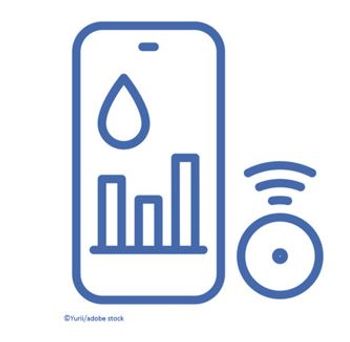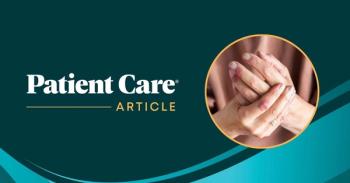
The Journal of Respiratory Diseases
- The Journal of Respiratory Diseases Vol 28 No 9
- Volume 28
- Issue 9
Comparing 2 antifungals in patients with invasive candidiasis
In a phase 2 study, the new echinocandin anidulafungin was demon-strated to be effective in the treatment of invasive candidiasis. Additional encouraging findings have recently been reported by Reboli and coworkers, who compared anidulafungin with fluconazole in a randomized, double-blind, noninferiority trial. The study included patients 16 years or older who had invasive candidiasis; 89% had candidemia only. They were randomly assigned to receive either intravenous anidulafungin or intravenous fluconazole. After 10 days of intravenous therapy, the patients could receive oral fluconazole.
In a phase 2 study, the new echinocandin anidulafungin was demon-strated to be effective in the treatment of invasive candidiasis. Additional encouraging findings have recently been reported by Reboli and coworkers, who compared anidulafungin with fluconazole in a randomized, double-blind, noninferiority trial. The study included patients 16 years or older who had invasive candidiasis; 89% had candidemia only. They were randomly assigned to receive either intravenous anidulafungin or intravenous fluconazole. After 10 days of intravenous therapy, the patients could receive oral fluconazole.
Treatment success, which was defined on the basis of clinical and microbiological response at the end of intravenous therapy, was achieved in 75.6% of those treated with anidulafungin compared with 60.2% of those treated with fluconazole. Anidulafungin was more effective than fluconazole at the end of treatment and at 2-week follow-up. At 6-week follow-up, treatment success occurred in a greater percentage of patients in the anidulafungin group, although statistically, the difference met only the noninferiority criteria.
Treatment success rates were higher with anidulafungin than with fluconazole for all Candida species except Candida parapsilosis. For patients infected with Candidaalbicans, treatment was successful in 81.1% of the anidulafungin group, compared with 62.3% of the fluconazole group.
The 2 groups did not differ significantly with respect to the type and incidence of adverse events.
Articles in this issue
over 18 years ago
What is really causing this woman's asthma exacerbation?over 18 years ago
How old is old enough to report on asthma symptoms?over 18 years ago
Assessing the safety of oseltamivir in transplant recipientsover 18 years ago
Heparin-induced thrombocytopenia: A quick review of recent studiesover 18 years ago
Spontaneous Lung Herniation, Acute Cough, and PneumoniaNewsletter
Enhance your clinical practice with the Patient Care newsletter, offering the latest evidence-based guidelines, diagnostic insights, and treatment strategies for primary care physicians.



















































































































































































































































































